MANCHESTER — Regional School Unit 38 officials agreed Wednesday night to additional air quality testing of classrooms at Manchester Elementary School in response to parents’ concerns over how the district and school administration handled a mold problem late last year.
School board Chairwoman Terri Watson said additional classrooms would be tested Thursday, and she assured parents that test results would be available immediately after the district receives the report.
“If we are informed that there is a potential danger to students, we will notify parents and we will work to relocate students in necessary,” Watson said. Space is available at Maranacook Middle School and Readfield Elementary School, Watson said.
Jenny Kingsbury, president of the school’s Parent, Teacher, Community Organization, made several requests of the district and school administration, including Superintendent Donna Wolfrom and principal Janet Delmar, to ensure better communication with parents.
The organization requested the creation of an oversight committee including parents, teachers and staff, and the group asked for initial air, surface and carpet testing in the entire school. The organization wants the school to commit to the immediate testing of any area of the school if there is concern reported by staff, parents or children.
Wolfrom said she is confident the district is taking steps to ensure the continued safety of the children, which she said is her utmost concern.
“We’ve been working with the testing company to develop a contract going forward,” Wolfrom said. “We are going into budget season, and maintenance and operations are always a large part of that.”
The superintendent said she doesn’t think the district underestimated parents’ anger or concern over the way the situation was handled.
“When we talk about children’s health and safety, we all need to be concerned,” she said. “It’s an emotional subject.”
During a more than one-hour public comment period, which included a couple of testy moments where Watson told some speakers they were “out of order,” parents spoke of symptoms their children have exhibited over the last year, including nagging coughs, headaches and other unexplained illnesses, and several teachers talked about problems they have had in the classroom.
Stephanie Garofalo, a parent of a 6-year-old who has experienced wheezing, coughing fits and headaches since September, said she no longer trusts the administration in part because of the way the problem was communicated.
“They should’ve let us know earlier,” Garofalo said. “They knew there was mold when they got the first report, but they didn’t tell us, and instead, we had to find out for ourselves.”
Sara Russell said her daughter, now in second grade, was diagnosed with a dust allergy and said her symptoms started when she was a first-grader in one of the affected classrooms.
“I worry about the children’s health and the teachers’ health and how it affects their ability to learn and ability to live their lives,” Russell said. “What I want to see is some literature sent home that says what the hazards are and what symptoms we should look for. This hasn’t been done yet.”
Jennie Galletta, a fifth-grade teacher, said she is a competitive runner who hasn’t had any health problems, said after months of going to doctors, she was diagnosed with vocal cord dysfunction, which she couldn’t say was attributed to problems with air quality at the school. She said she continues to have episodes, but admitted they are less severe since the basement and other parts of the school were cleaned.
Much of the parents’ ire has been on the communication between the district and school administration and the parents. Some of the words used by parents at the meeting included “unacceptable,” “poor,” and “inexcusable,” and every parent who spoke expressed hope that these types of problems would never happen again.
Wolfrom sent a letter to parents Nov. 28, 13 days after the district received the first air quality report, stating the classrooms were dusty, but the letter didn’t mention mold in any classroom. It wasn’t until after the basement was remediated and the classrooms were cleaned in late December that the school officially acknowledged the presence of mold in the classrooms.
Mold is a naturally occurring, necessary part of our environment that can be found everywhere, the Maine Indoor Air Quality Council states on its website.
There are no federal health standards for mold, but the state uses indoor air quality standards from the American Society of Heating, Refrigeration and Air-Conditioning Engineers and the Occupational Safety and Health Administration as a guide for air quality, David Heidrich, spokesman for the state Department of Administrative and Financial Services, said via email.
Scott Dyer, an allergist and immunologist and asthma specialist at MaineGeneral in Augusta, said there is no way to determine whether a child’s symptoms can be attributed to exposure to mold spores.
“You look at the evidence and pick the most likely cause and solution,” Dyer said. “You’d have to be in a research trial and have exposure to mold spores in a controlled environment to know definitively.”
Dyer said most of the symptoms would be allergylike, including coughing, wheezing and nasal stuffiness. If a child isn’t allergic, they might just be irritated, as if they had smelled paint.
It’s important to understand that the effects of mold exposure are limited, Dyer said, because once someone is taken out of the environment where they were exposed, symptoms would dissipate.
The district provided additional details at the meeting about how it handled the problem.
The school became aware of the problem when school nurse Jada Clark sent an email to the administration about a bad smell in the basement. The following day, the district’s director of operations and transportation, Curt Morse, removed moldy computer bags from the basement, though the smell didn’t go away.
Morse contacted an air quality testing company about a week later and requested and scheduled testing, which was completed Nov. 3 while Morse was on vacation. The timeline said Morse requested someone from the company contact him if any danger was discovered during the air quality assessment. Nobody contacted him, the district’s timeline stated.
The first air quality report came in Nov. 15. When Morse returned from vacation two days later, he spoke with Randy Geoffroy, of Air Quality Management Services, who performed the assessments. Geoffroy told Morse there was no immediate reason to act and that there was “no risk anticipated.” He recommended the basement be remediated during winter break.
After the first remediation, another air quality test showed additional mold spores in the affected areas, so the room was remediated again and deemed safe by Air Quality Management
“There was a lot to do in a short period of time, and we took advantage of the school break,” Watson said. “Addressing mold is tricky because … no agreed upon standards have been set.”
Several parents said the school should have erred on the side of caution and kept their children out of the classrooms until the rooms could be cleaned. Their hope is that if mold is found in other areas of the school, the administration will handle the problem differently.
Heidrich said the standards the state uses look at temperature, relative humidity and several other factors to determine if the potential for mold exists. He said there are no state Department of Education standards for mold in classrooms, and the education department is not responsible for school air quality safety.
The state Division of Safety and Environmental Sciences, which is under the Bureau of General Services, is required by law to conduct site investigations, but only if a building manager or school district superintendent asks for it, he said.
The national Center for Disease Control and Prevention states exposure to mold may cause a variety of health effects or none at all, and children sensitive to mold might experience nasal stuffiness, coughing or wheezing and throat irritation.
The school was built in 1952 and additions were added in 1963 and 1992. Geoffroy said the mold found at the school would be common in schools of a similar age and like conditions.
Jason Pafundi — 621-5663
Twitter: @jasonpafundiKJ
Copy the Story LinkSend questions/comments to the editors.


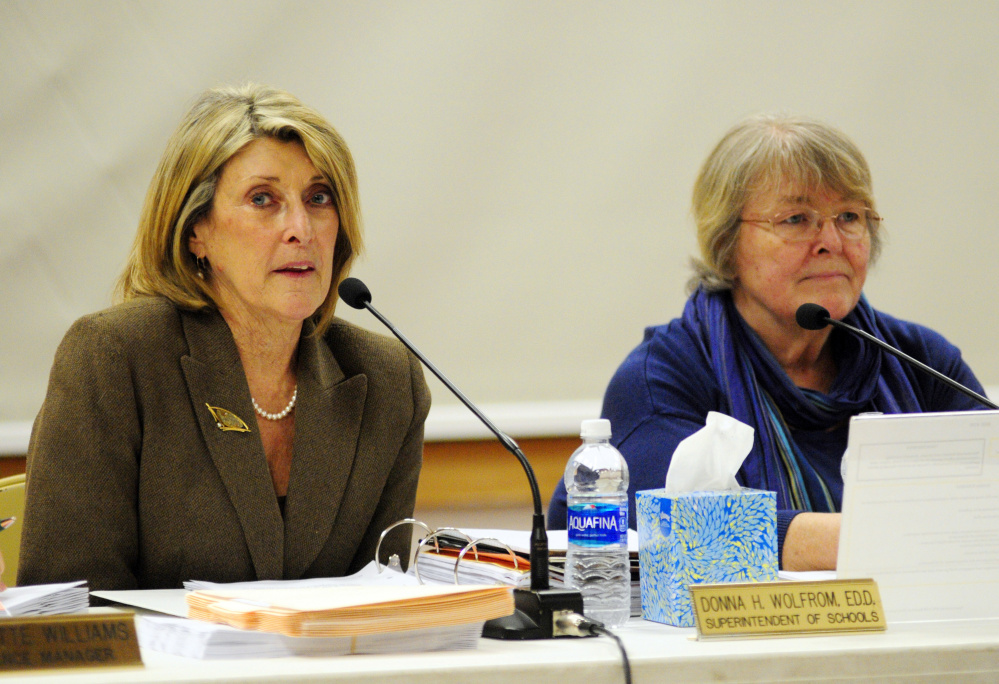
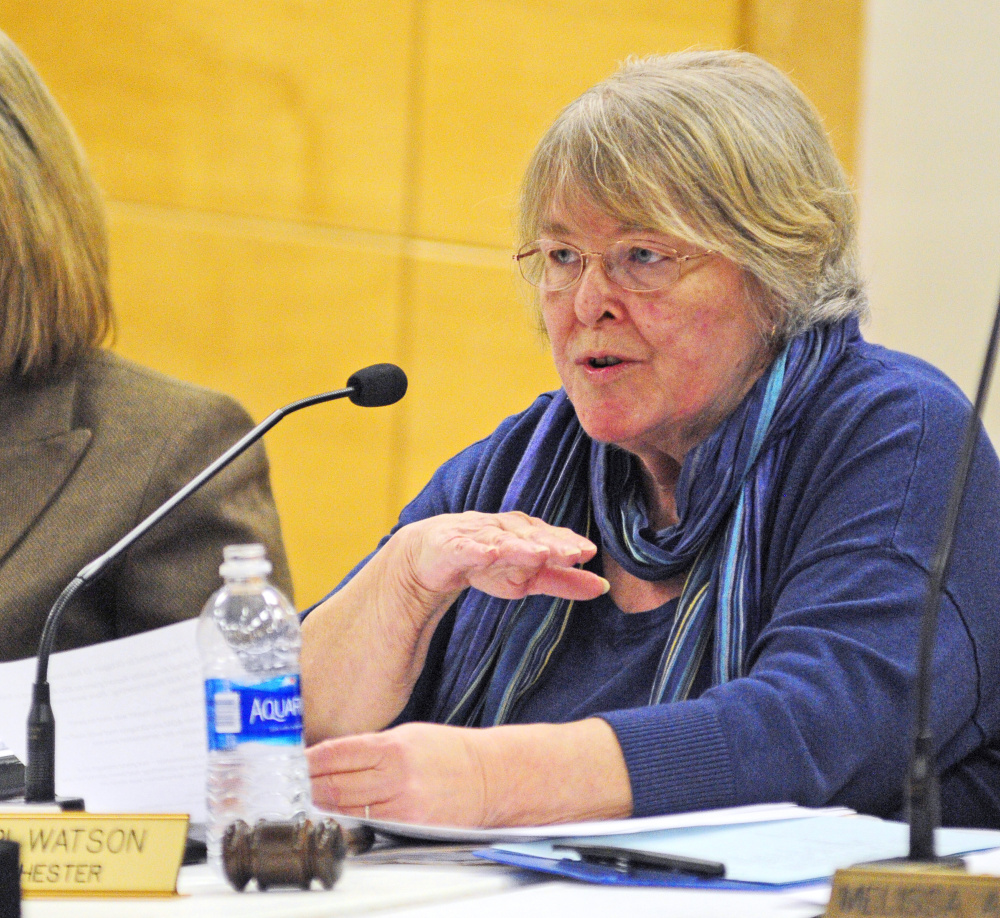
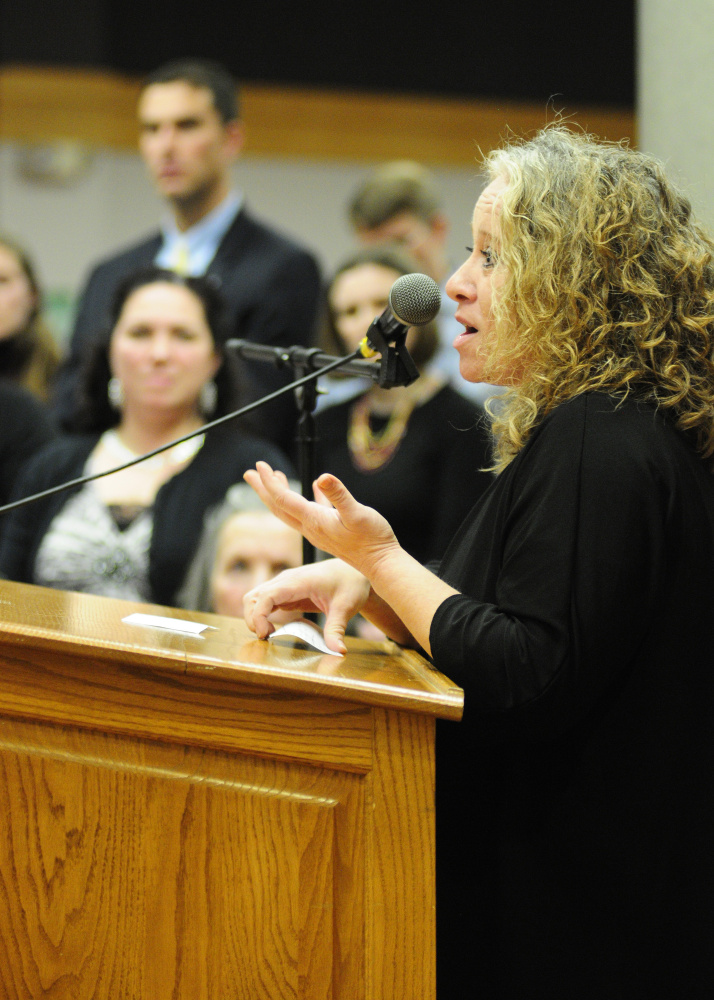
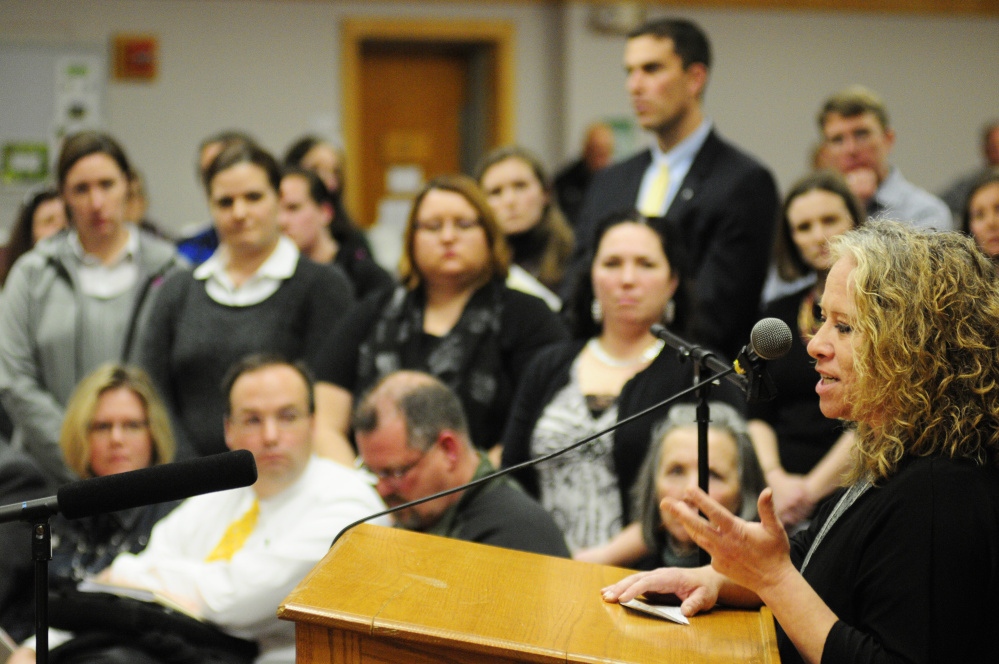
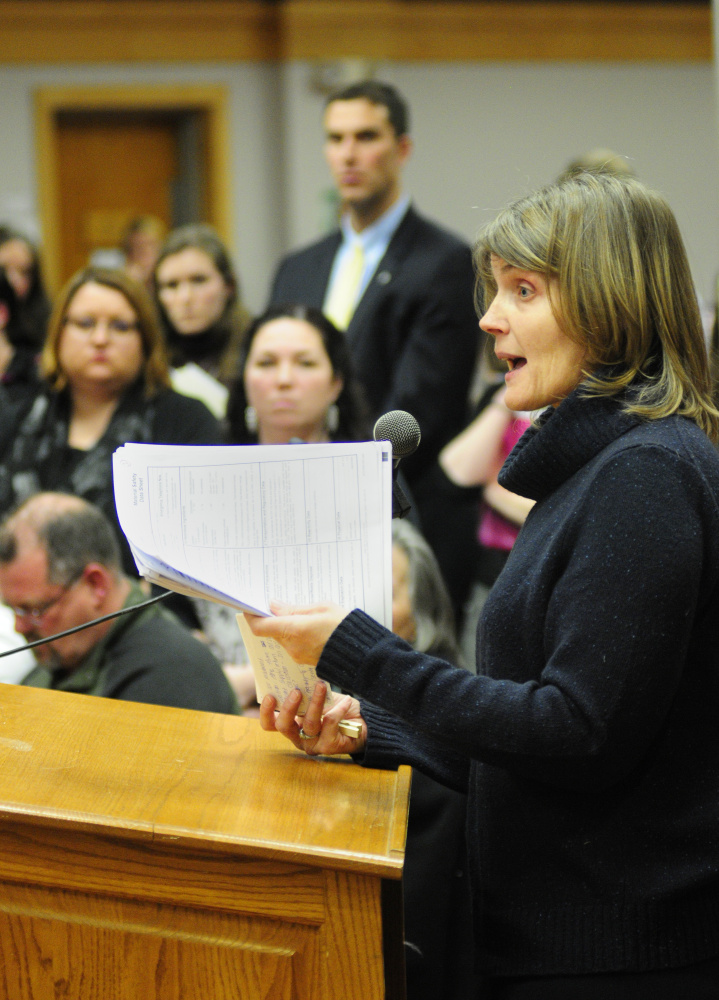
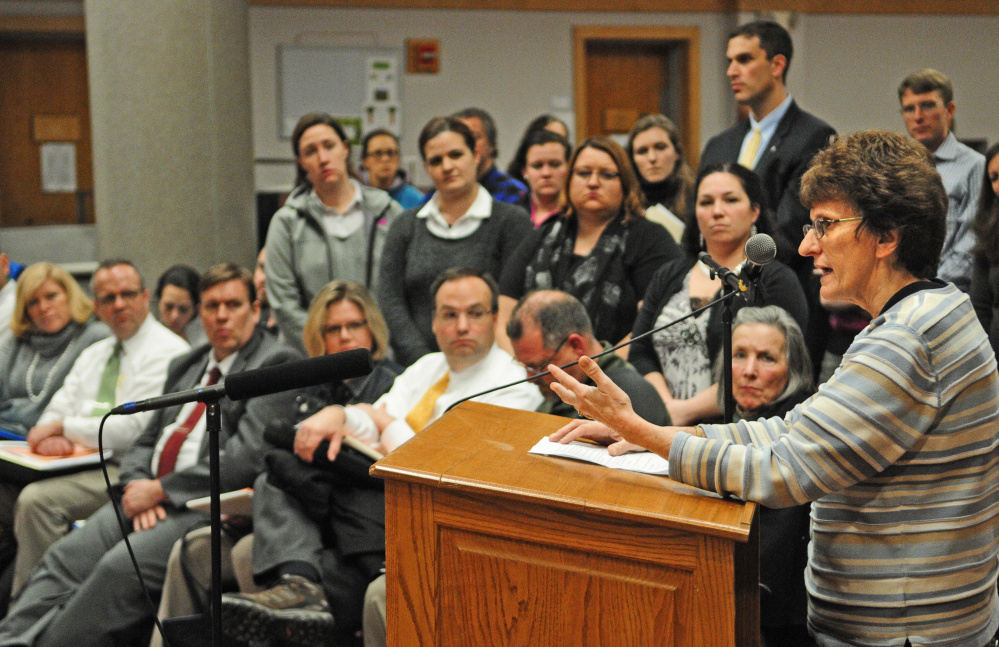

Success. Please wait for the page to reload. If the page does not reload within 5 seconds, please refresh the page.
Enter your email and password to access comments.
Hi, to comment on stories you must . This profile is in addition to your subscription and website login.
Already have a commenting profile? .
Invalid username/password.
Please check your email to confirm and complete your registration.
Only subscribers are eligible to post comments. Please subscribe or login first for digital access. Here’s why.
Use the form below to reset your password. When you've submitted your account email, we will send an email with a reset code.